The average American spends roughly 8 hours a day looking at a screen. Our devices have become necessary tools in our jobs and increasingly popular outlets for our various streams of entertainment with TV watching and computer use being our first and second most common media activities, respectively.
By now, most of us are familiar with (and have directly experienced) the way screen time has impacted our activity-level (we get it—sitting too long is bad), vision (cue eyestrain), and even sleep (you’re also probably aware that blue light from devices interferes with our circadian rhythms, especially when we use screens right before bedtime).
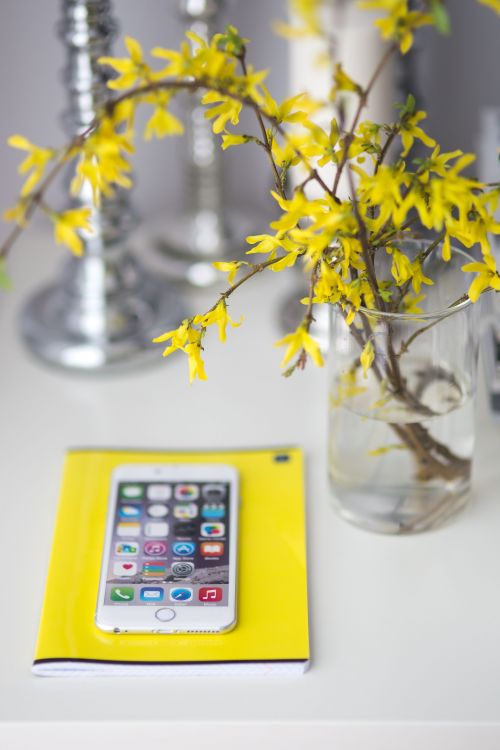
How Blue Light Affects Skin
Now we are learning that blue light (also known as high-energy visible light—HEV) may cause problems with skin, too. Most notably, overexposure to HEV is increasingly associated with hyperpigmentation and potential damage to skin’s store of hyaluronic acid, elastin, and collagen. (Are you also screaming on the inside?)
The main concern is that HEV light penetrates skin enough to reach the hypodermis—the seat of all of those aforementioned skin-beautifying elements. In a recent Vogue article, Sarah Brown notes that skin-care marketers refer to HEV light as “digital pollution,” but the extent to which we need to seriously worry about it isn’t yet cemented.
On one hand, HEV light isn’t all bad. Like natural sunlight, it has benefits in small doses. (In fact, sunlight contains HEV—it’s what gives a sunny sky it’s blue hue.) HEV helps boost alertness (although we don’t want that right before bed). Moreover, it’s used in controlled amounts to treat acne and kill precancerous cells through photodynamic therapy. So far, there are no known associations between HEV and cancer.
Okay, but what about my hypodermis?
Miami-based dermatologist Loretta Ciraldo says, “it’s overexposure that’s the problem.” In her patients, Dr. Ciraldo has noticed “weird things I’ve never seen before: pigment changes on the sides of the face and in front of the ears, where you hold a phone, instead of the center of the face, where the sun is hitting you.” (I wonder if my right thumb is slowly getting pigmented…) One possible cause is that HEV light overexposure causes inflammation, making the skin vulnerable to damage and its visible markers, hyperpigmentation and fine lines being the big ones.
“It’s not really talked about in the U.S. yet, but among beauty-conscious people in Japan, there is a lot of information,” Koko Hayashi, Mirai Clinical founder and esthetician explained. According to Hayashi, blue light penetrates more deeply, which can have serious consequences—“It damages really worse than UVB or UVA, [hitting the] skin deeper, where collagen or hyaluronic acid or elastin resides.”
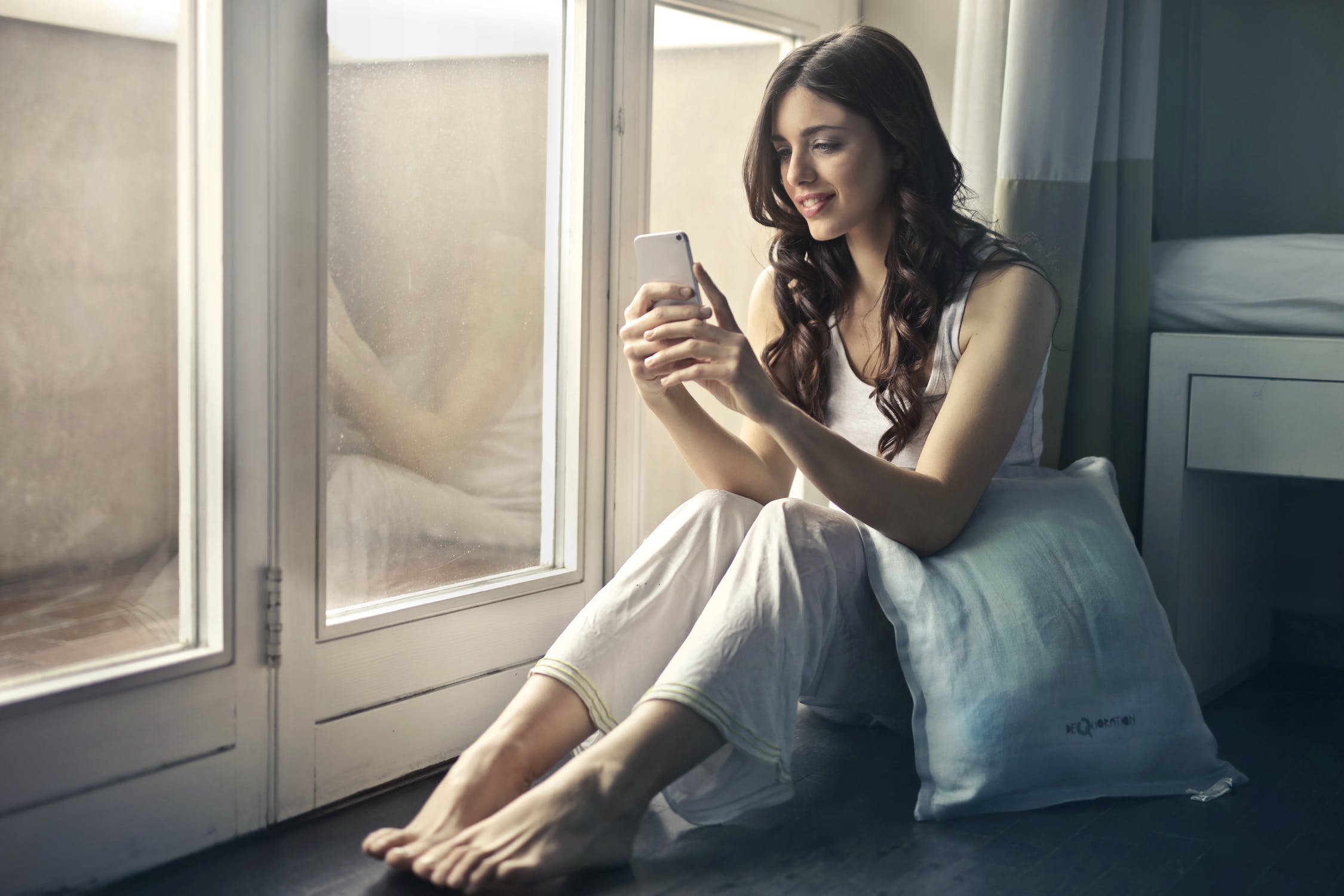
Her concerns are echoed by Howard Sobel, NYC-based dermatologist and founder of DDF skincare: ”One of the more striking scientific discoveries is that skin damage caused by high energy visible light may be as harmful as the damage caused by UVA and UVB light combined,” he said while acknowledging that we lack sufficient research.
The limited research we do have on the effects of HEV light on skin certainly isn’t comforting. According to a 2008 study, blue light delays skin barrier recovery after exposure, and a 2014 study concluded that blue light exposure results in more hyperpigmentation when compared with UVB exposure. Great.
So what can we do?
While reducing screen time is an obvious solution, many of us are tied to our devices during the workday, so we may have to rely on a few forms of blue light blockers to help us out:
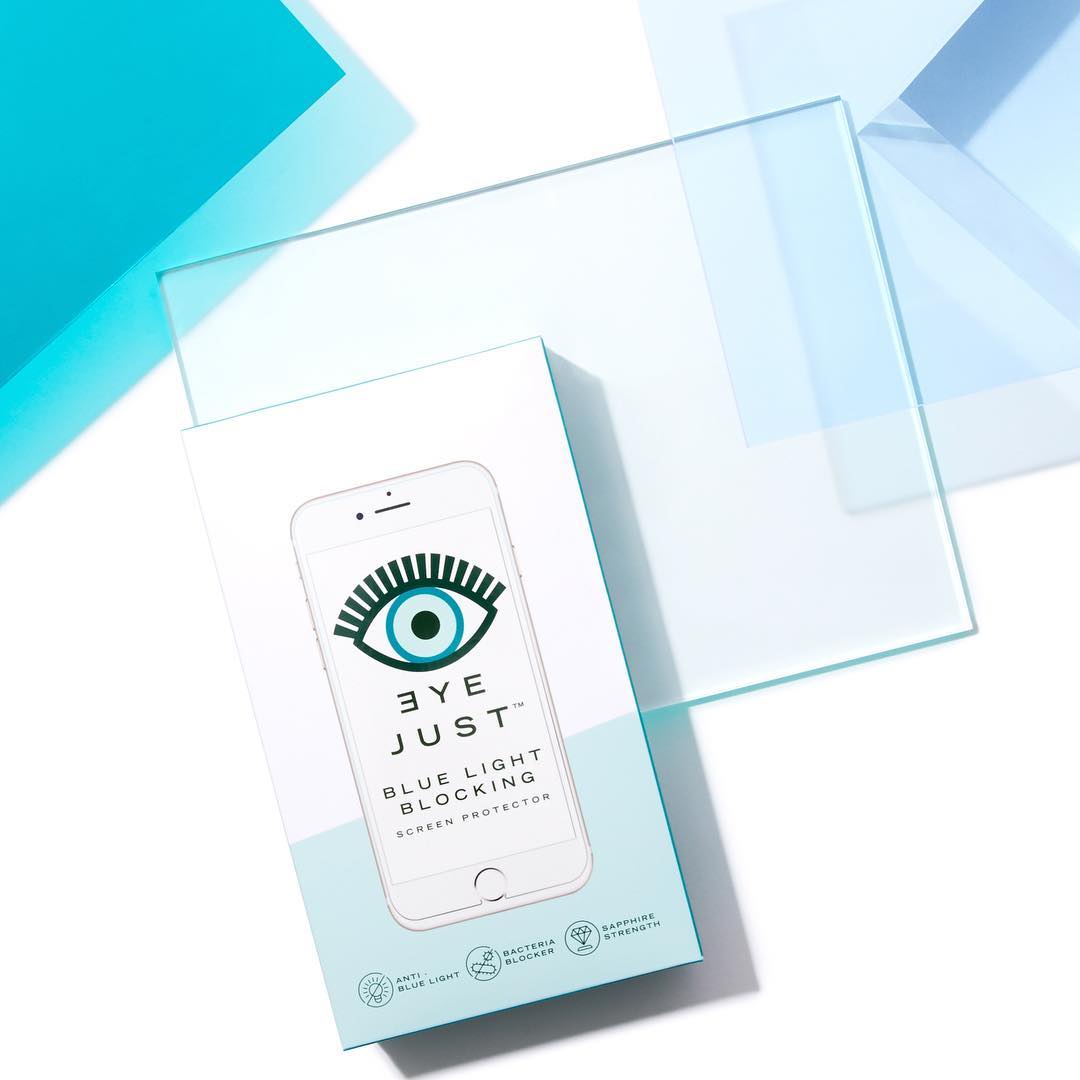
EyeJust Blue Light Blocking Screen Protector, a tempered glass screen cover that blocks up to 37% of blue light emitted from your phone. Currently, EyeJust only has models for iPhones—hopefully, Android, tablet and laptop screen covers are in the works.
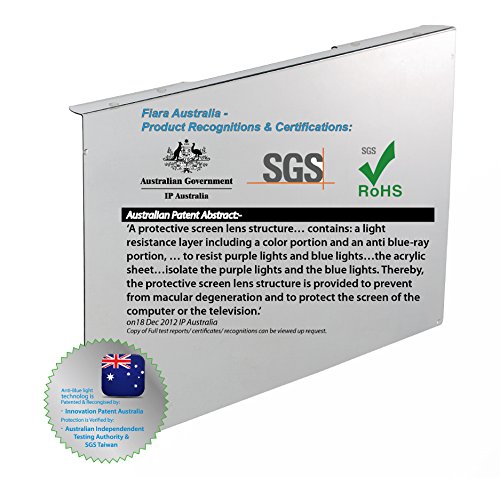
Fiara Anti Blue Light Screen Filter comes in various sizes, including tablets, phones, and TV monitors. According to Fiara’s website, their filters have been tested by Australia Independent Testing Authority and SGS Taiwan and were shown to prevent the majority of harmful blue-light from reaching the user.
The software f. lux promises to make your computer usable at night by changing the color temperature of your screen depending on where you live; i.e., based on your location, it makes the screen warmer later in the day and “sunnier” during waking hours.
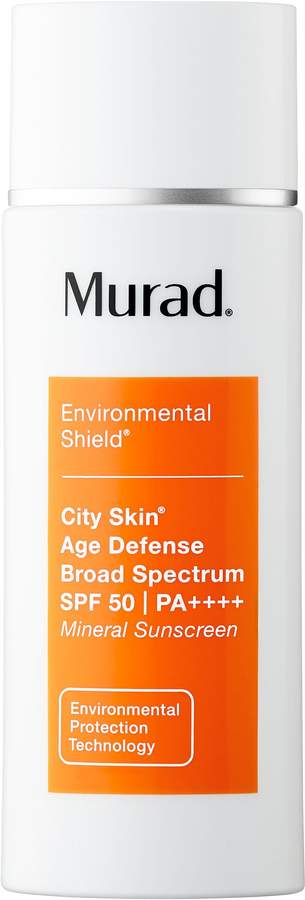
Consider trying cruelty-free Murad Environmental Shield City Skin Age Defense Broad Spectrum Spf 50 Pa++++, a mineral-based sunscreen suitable for all skin types. The lotion protects skin from UVA, UVB, pollution, blue light from devices, and infrared radiation. According to Murad,“an advanced polymer matrix helps inhibit adhesion and penetration of environmental toxins.” Amazingly, this sunblock has a 5-star rating on the ultra picky Beautpedia, which suggests it actually may do its job without sensitizing skin or exacerbating acne.
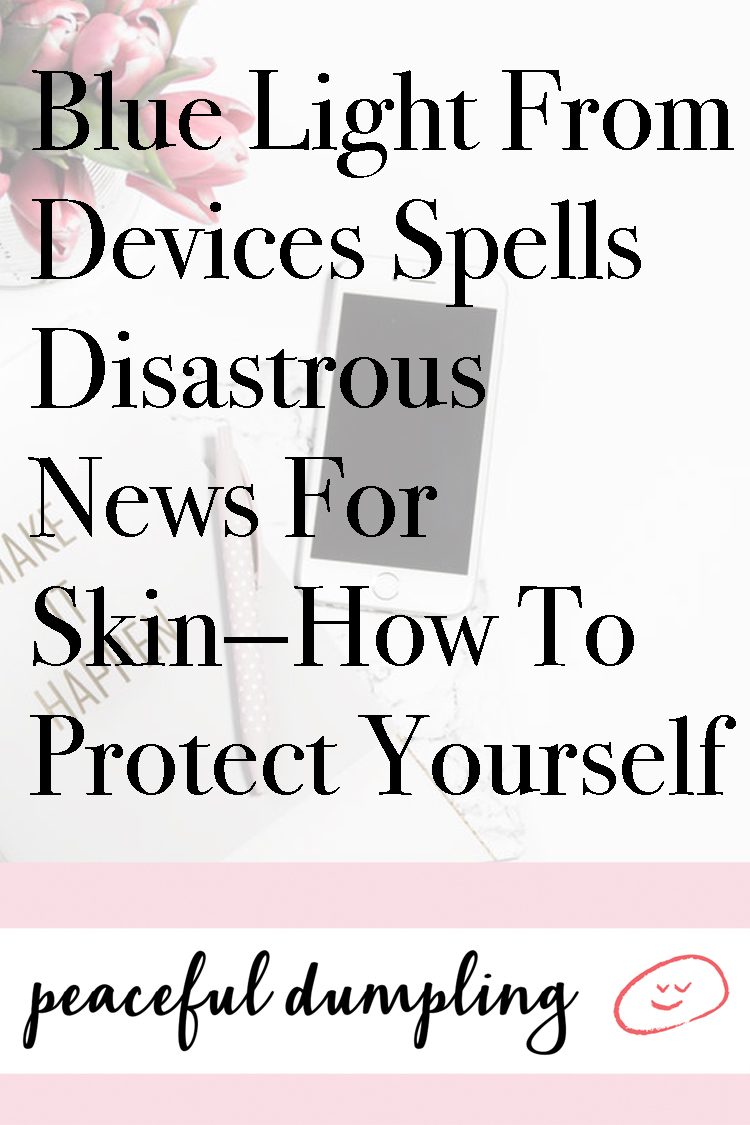
What are your tricks for reducing screen time? Have you tried any blue light filters or software?
Related: How To Choose The Purest Natural Sunscreen That Doesn’t Cause Breakouts (Video)
The Derm-Recommended Nightly Routine To Follow To Wake Up With Luminous Skin
Ageless Goddess Alicia Silverstone Proves Vegan Collagen Supplements *Do* Work
Get more like this—Subscribe to our daily inspirational newsletter for exclusive content!
__
Photos: Kaboompics, Pexels, Respective Brands




